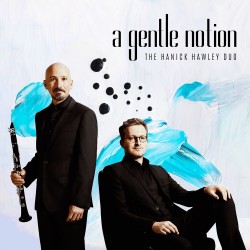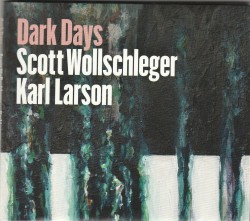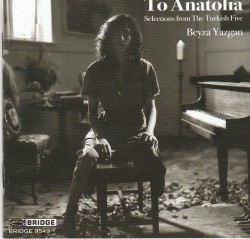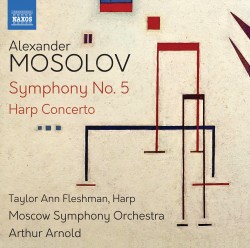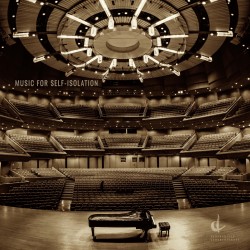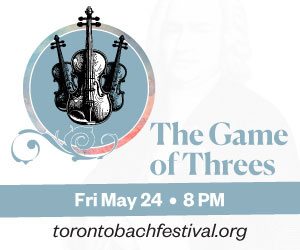Curtis K. Hughes: Tulpa - Boston Percussion Group; Sentient Robots; Various Artists
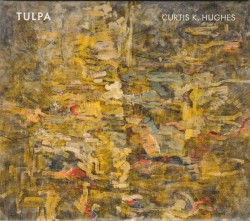 Curtis K. Hughes – Tulpa
Curtis K. Hughes – Tulpa
Boston Percussion Group; Sentient Robots; Various Artists
New Focus Recordings FCR298 (newfocusrecordings.com/catalogue)
Curtis K. Hughes’ music is redolent of mystery, wit and adventure, set in a world that is both concrete and abstract. Its harmolodic and rhythmic architecture is expressive, and because it is inspired by the humanity around him (real and imagined) it is never still and dances in graceful movements that are often not simply balletic, but also dizzying.
The repertoire on Tulpa adds another exciting layer to the character of Hughes’ musical oeuvre, being as it is, evocative of a kind of otherworldly erudition. The title of every work represented here comes not only with an aura of rhythmic mystery but always leads the listener to a luminous musical world, often dappled with many-splendoured tone-textures.
Beginning with the solitary majesty of flagrant, we soon find ourselves surrounded by a whole battery of percussion colourists nestling cheek by jowl in antechamber. But Hughes, being a ubiquitous master of surprise, constantly switches tonal and structural gears in the music that follows.
Percussion instruments give way to the gravitas of the bass clarinet and moaning cellos; back again to the rich woody tones of the clarinet and piano before he turns his attention – and most definitely ours as well – to a large, grander palette in the four-part suite, tulpa. Through this, the album’s apogee, Hughes demonstrates an uncommon character which is inward looking and outward bound, woven together with melodic, harmonic and rhythmical elements, and unexpected colours and patterns sweeping through everything musical.


